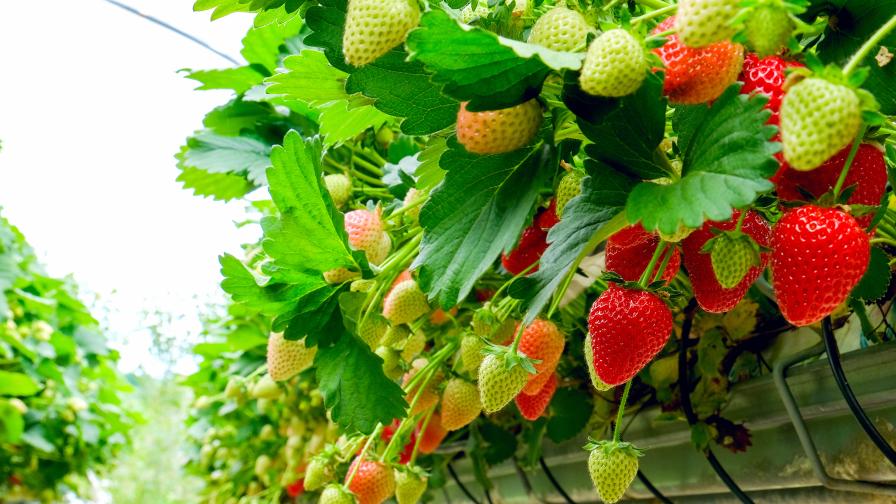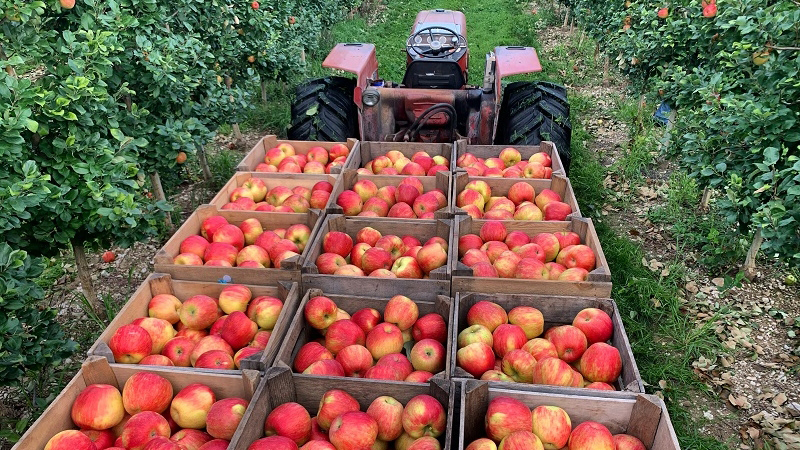How Farm Markets Can Use Tech but Keep the Charm
Image is everything in marketing. However, when marketing food, image has some strong competition.
Often the farm marketer wants to stay true to the down-home, country image of a rural farm to provide that atmosphere to customers. Unfortunately, today’s consumers are also pulled by convenience, and much of that convenience is backed up with technology. Can farm markets incorporate today’s high-tech tools without losing that home-grown feeling?
That idea resonated when I ran across a couple of articles describing supermarkets debuting “shoppable cookbooks.” Nothing new here, right? Farm marketers have been offering shoppers handy recipe cards spelling out how to cook farm-fresh offerings for years.
Great Ideas from Retail
Los Angeles-based Thrive Market just took it a step further publishing a whole cookbook based on the healthy fresh foods they sell. The mostly vegetarian recipes are marked to match customers lifestyle values making it easy to find ingredients for gluten-, nut-, dairy-, grain- or egg-free diets, as well as Vegan options.
The interesting tech twist was in a related article at SupermarketNews.com detailing how Reasor’s Foods, a grocery in Oklahoma, has partnered with the digital meal planning platform Grocery Shopii. They’re launching RecipeToTable.
“[It’s] a new website tool that enables shoppers perusing recipes on Reasors.com to buy all of the ingredients for a meal in one click,” the publication says. [Emphasis added!].
That’s certainly a convenient techie twist that could be offered to farm market shoppers with little impact on the farm market image. But that also got me thinking about what else might be offered to help shoppers and still entice them to visit the farm. What about production systems that make it easier for Pick-Your-Own (PYO) customers to harvest?

Hydroponic growing gives you a way to offer pick your own without customers needing to kneel on the ground.
Easy Access PYO
What about production systems that make it easier for Pick-Your-Own (PYO) customers to harvest?
There’s been lots of news recently about big urban super-markets offering ‘hyper-local’ produce by building grow chambers in their stores so customers can reach in and pick their own salads. And vertical hydroponic systems have been around for years. There was a company producing ‘plant walls’ 40 years ago in an upstate New York town next door to the church where I got married.
I was reminded of that on a recent side trip across the Finger Lakes region when my wife and I drove into the little town of Skaneateles (she tells me to just remember ‘Skinny Atlas,’ though home-town celebrity chef Anne Burrell may correct her, too). Approaching from the west side of town there’s a sign for PYO strawberries ahead.
And behind the farm market was a row of neatly arranged, vertically stacked strawberry pots, on top of troughs that put a dozen or more strawberry plants at thigh to shoulder height. No more stooping or crawling along on hands and knees to pick-your-own strawberries here.
I was never sure if that type of ag technology would be attractive to customers. The only other time I had seen that type of operation was in Florida, where I had noticed the same type of PYO operation just off the St. Augustine exit of I-95 across from an outlet center.
I was excited thinking that I’d get a photo of that farm on a recent vacation trip there, but unfortunately that farm is now the parking lot of a car dealership.
Putting two and two together, though, it makes sense to pick that locale just north of Disney’s Epcot Center. Its The Land exhibit celebrates ag technologies, especially hydroponics production. You would think customers would be enticed to visit and learn more about that technology up close, not to mention getting some easy-to-pick delicious berries to munch on for the rest of the ride home.
Like most things, maintaining that farm image customers expect at a farm market is important. But with a little (or a lot) of creativity, today’s technologies can be incorporated to give your customers a convenient experience ‘down on the farm.’









